Ship to: 43215 Update

Plants Filter
Current Filters
Mature Height
Sunlight
Plant Type
Clematis
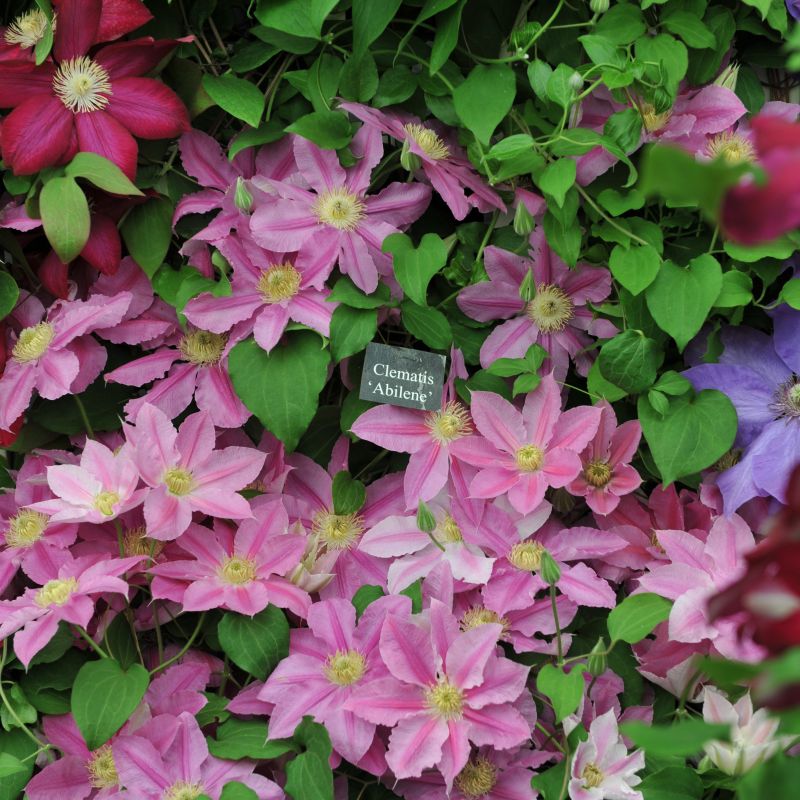
Abilene Clematis
Starting at $63
30% Off
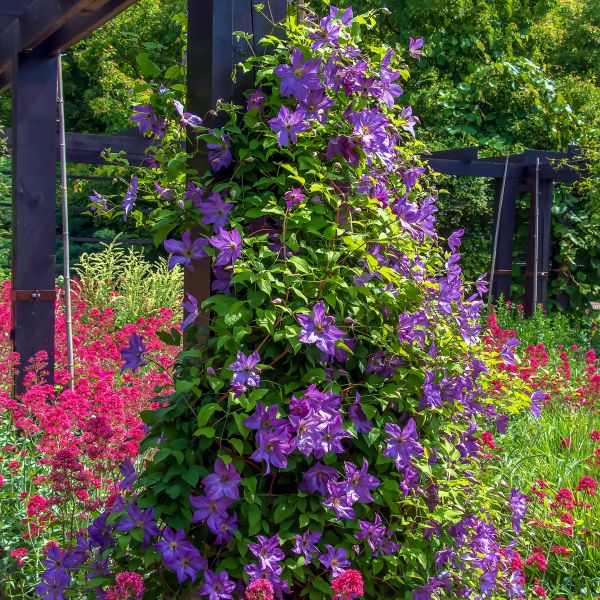
Bijou Clematis
Starting at $77
30% Off

Boulevard Kitty Clematis
Starting at $51
30% Off
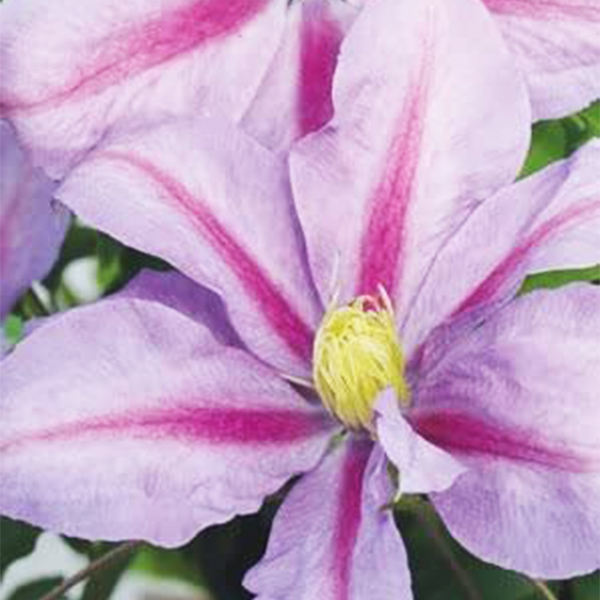
Boulevard Volunteer Clematis
Starting at $63
30% Off
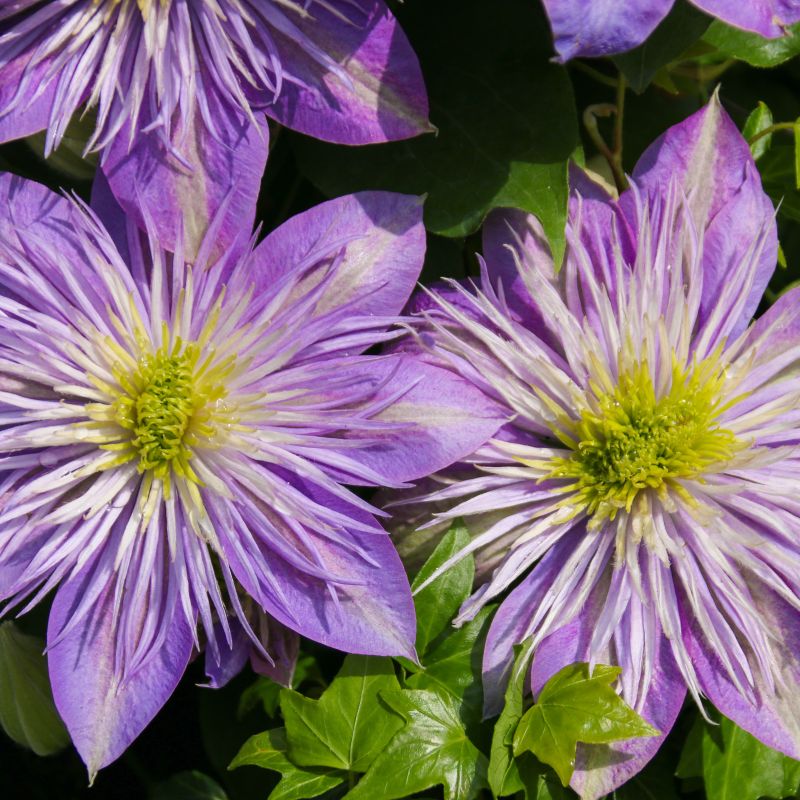
Crystal Fountain Clematis
Starting at $63
30% Off
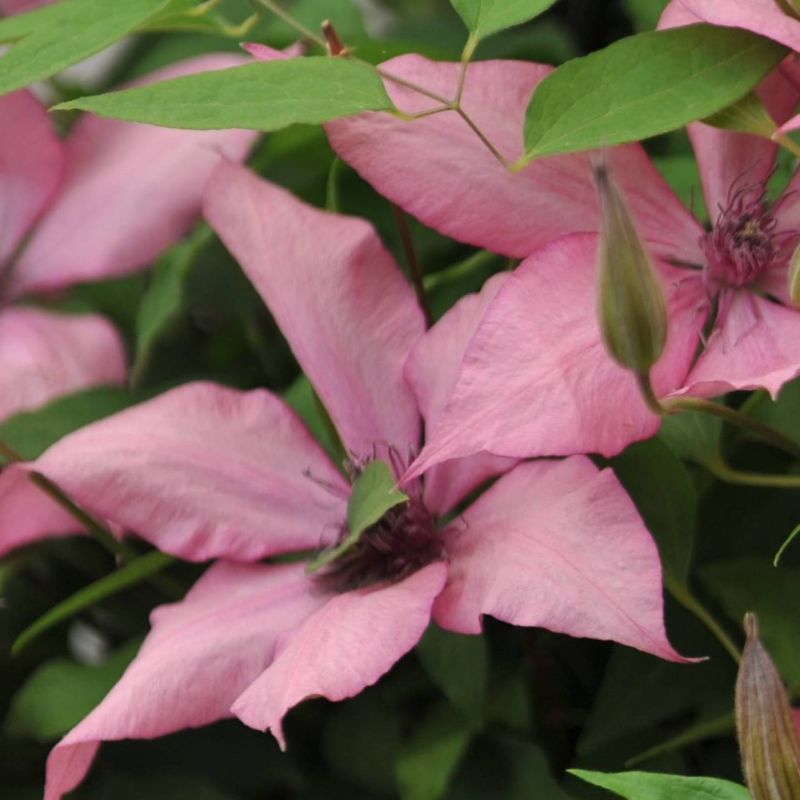
Darcy Clematis
Starting at $51
30% Off
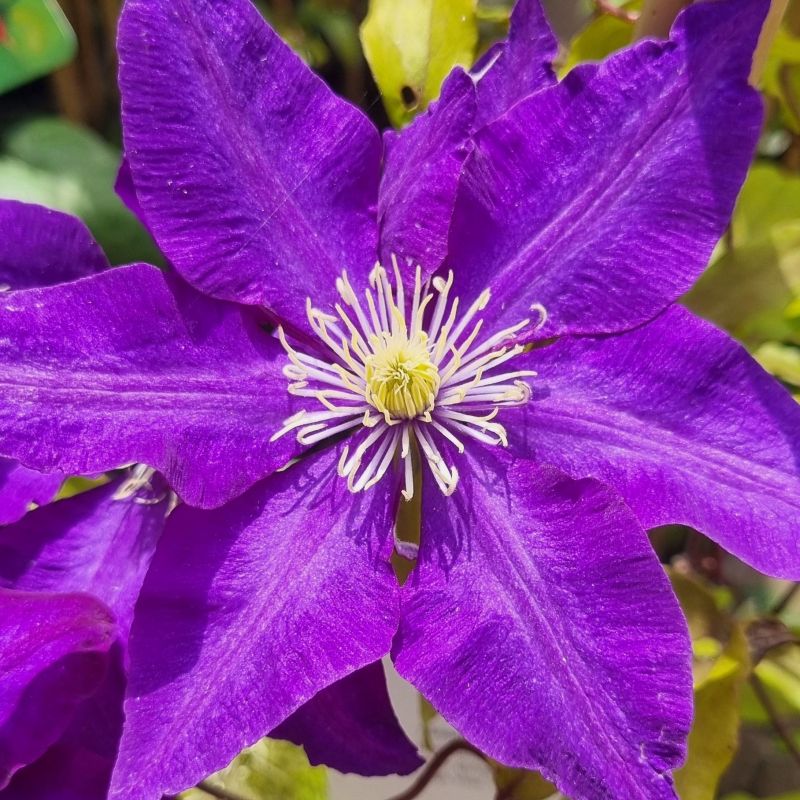
Duchess of Cornwall Clematis
Starting at $63
30% Off
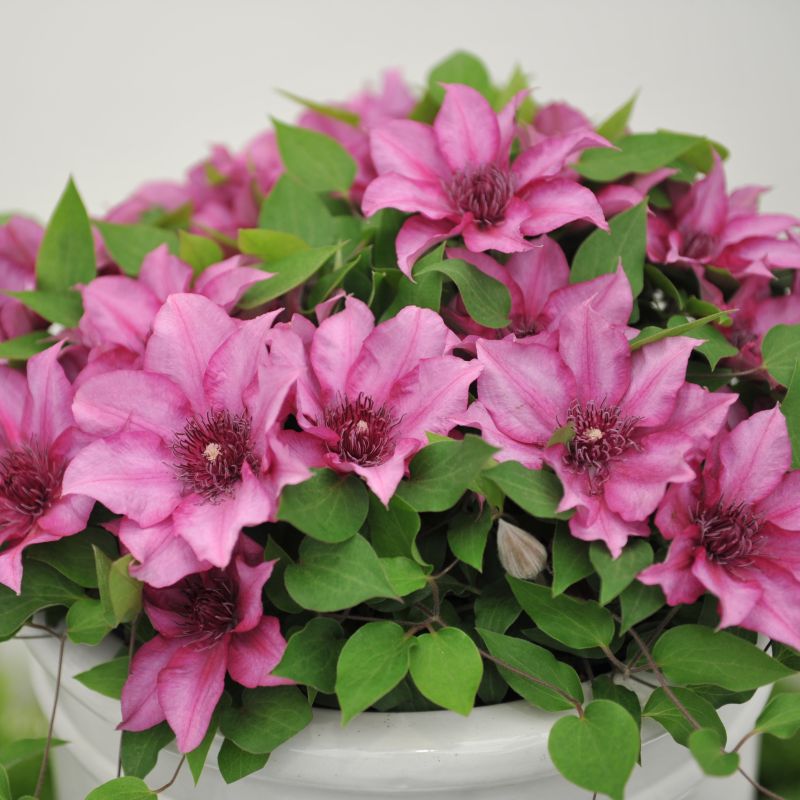
Elodi Clematis
Starting at $51
30% Off
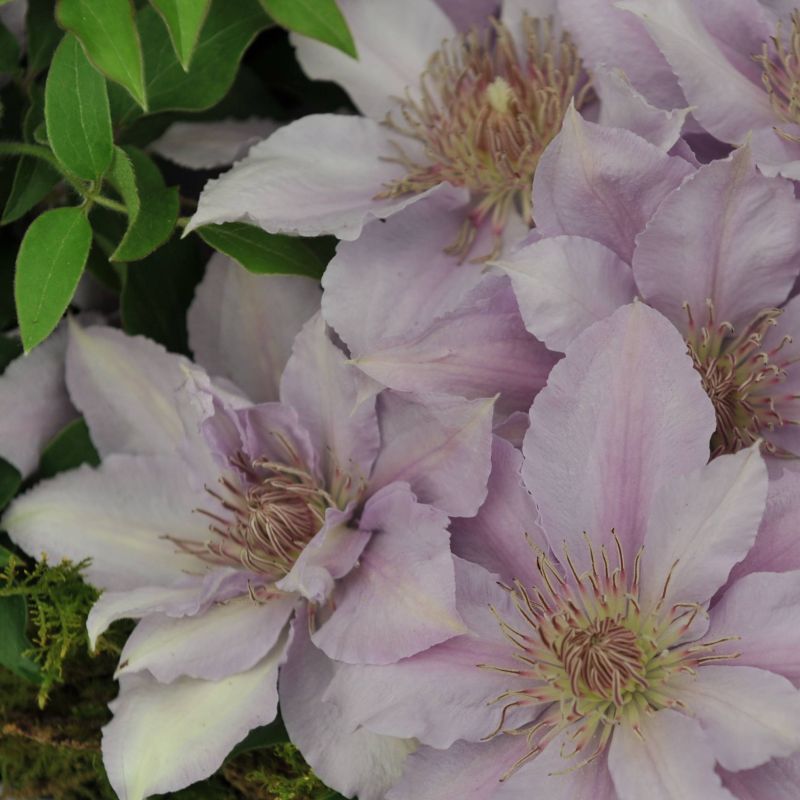
Filigree Clematis
Starting at $51
30% Off

Giselle Clematis
Starting at $51
30% Off
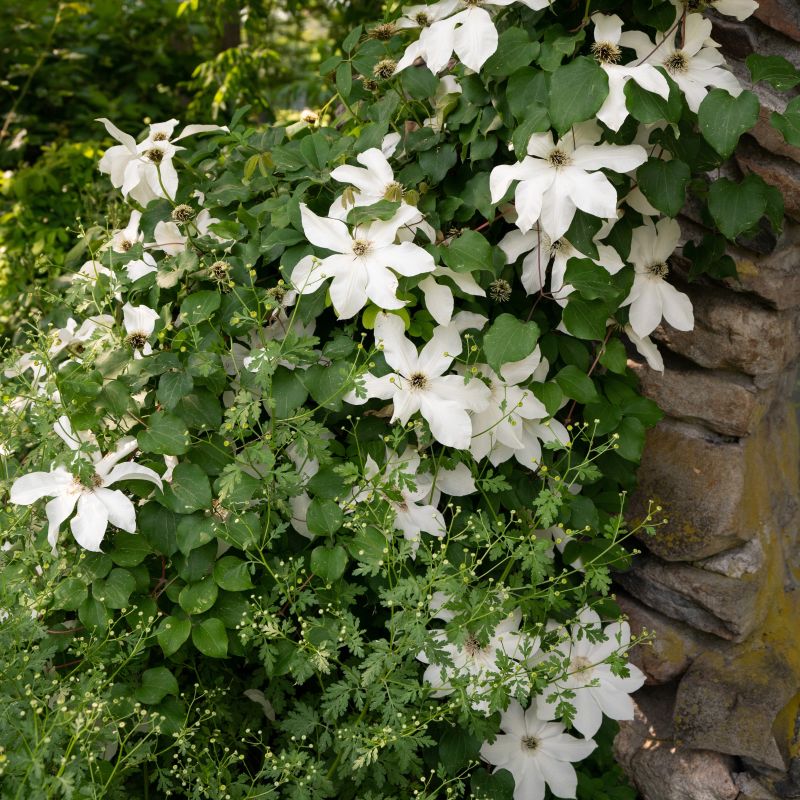
Guernsey Flute Clematis
Starting at $63
30% Off
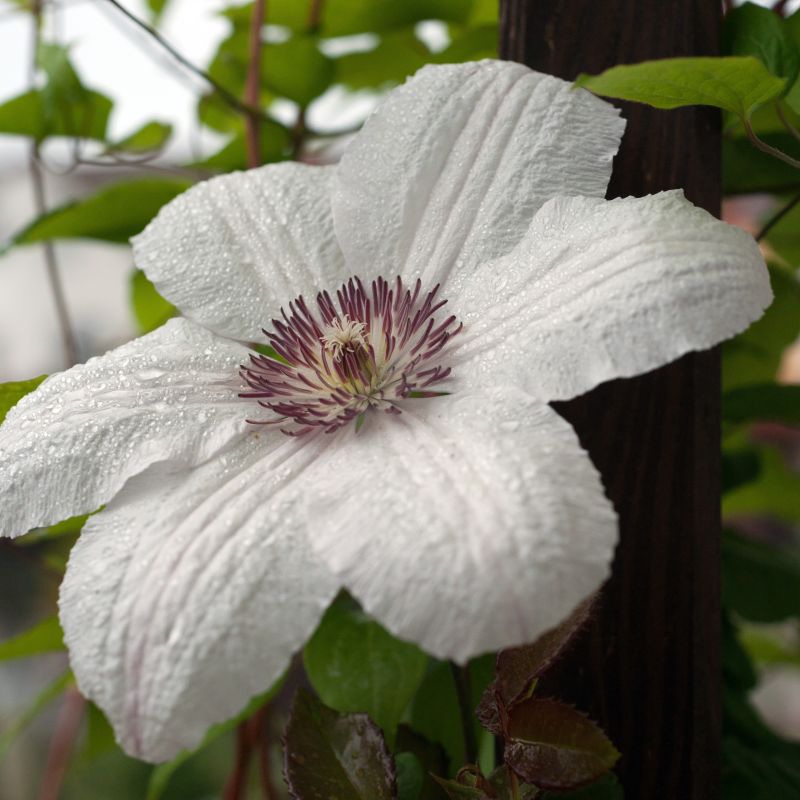
Henryi Clematis
Starting at $59
30% Off
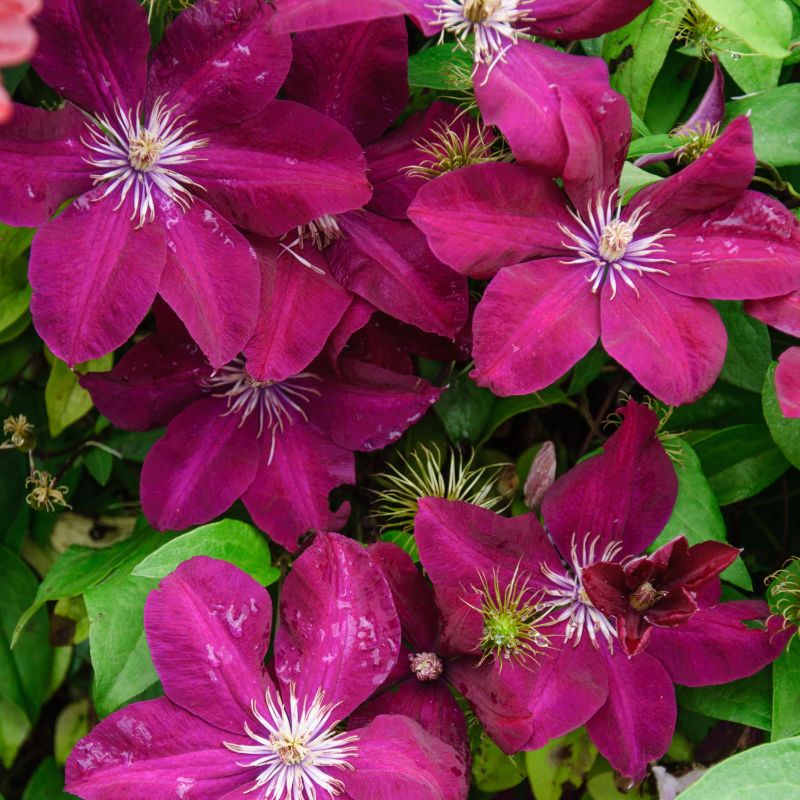
Issey Clematis
Starting at $63
30% Off
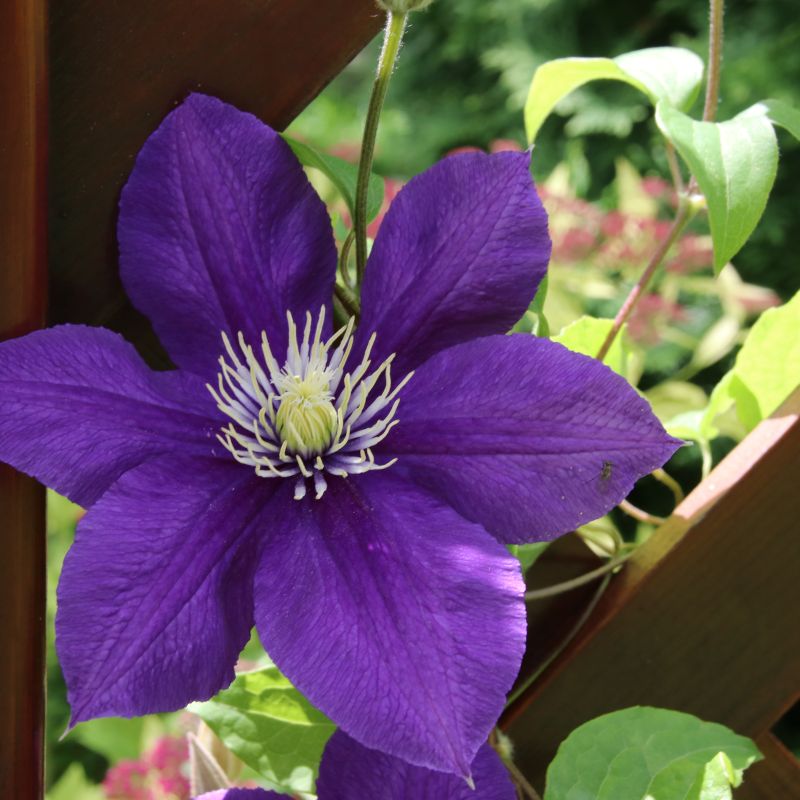
Jackmanii Clematis
Starting at $55
30% Off
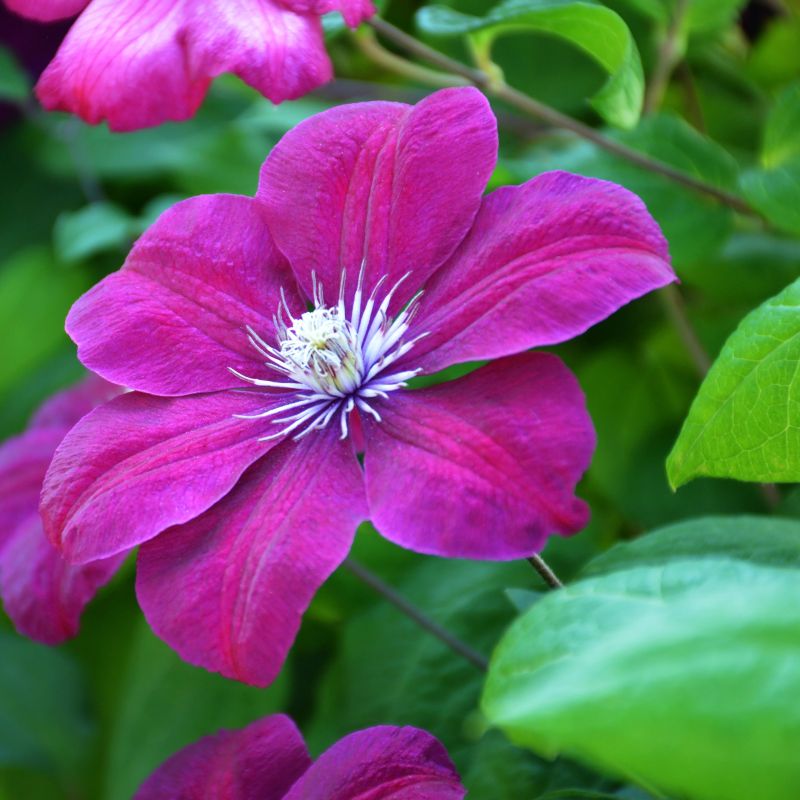
Jie Clematis
Starting at $63
30% Off
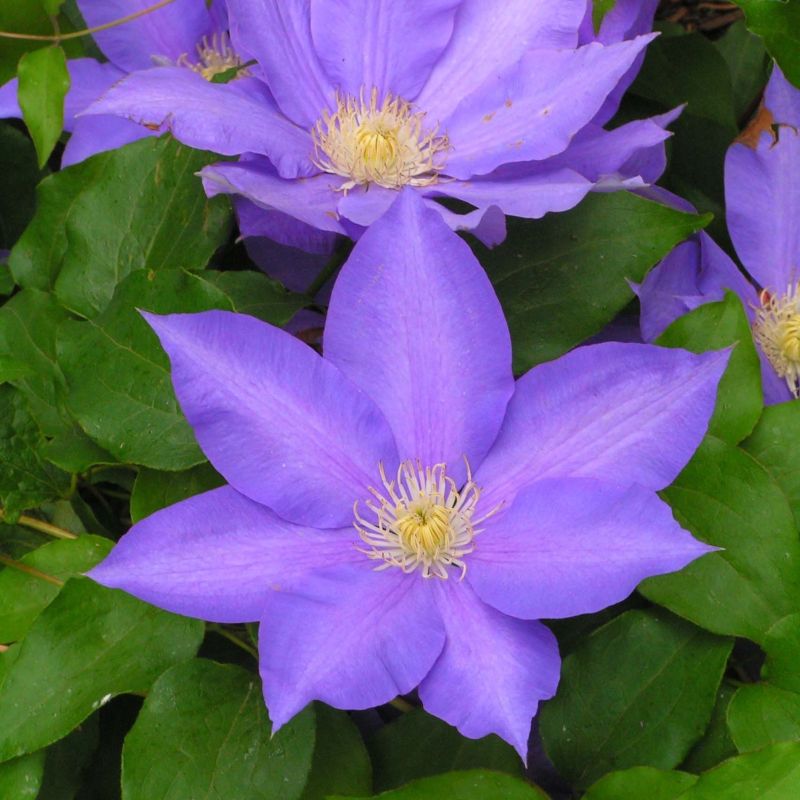
Lindsay Clematis
Starting at $63
30% Off
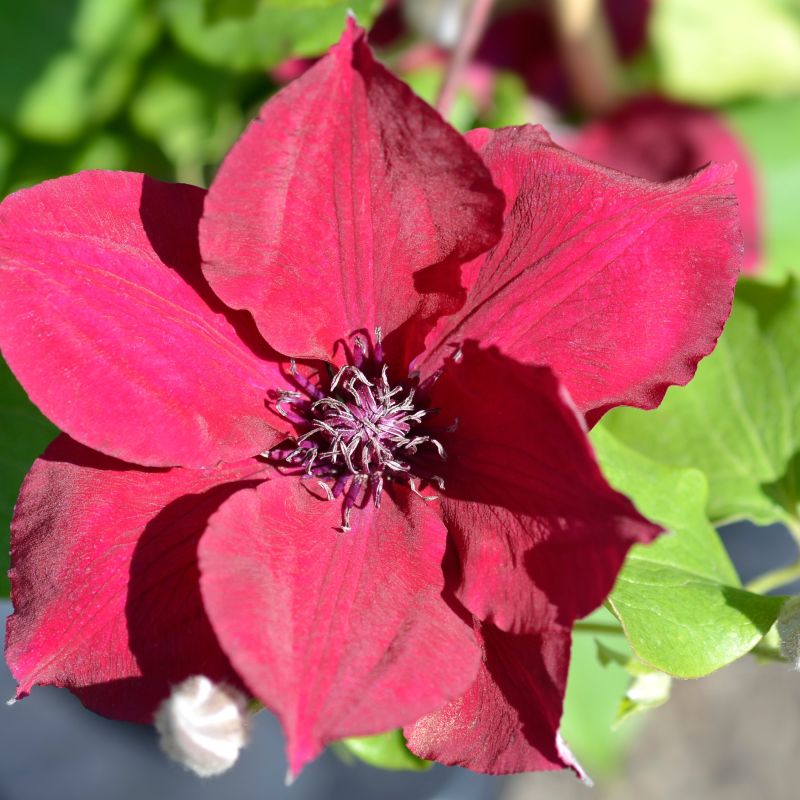
Nubia Clematis
Starting at $63
30% Off
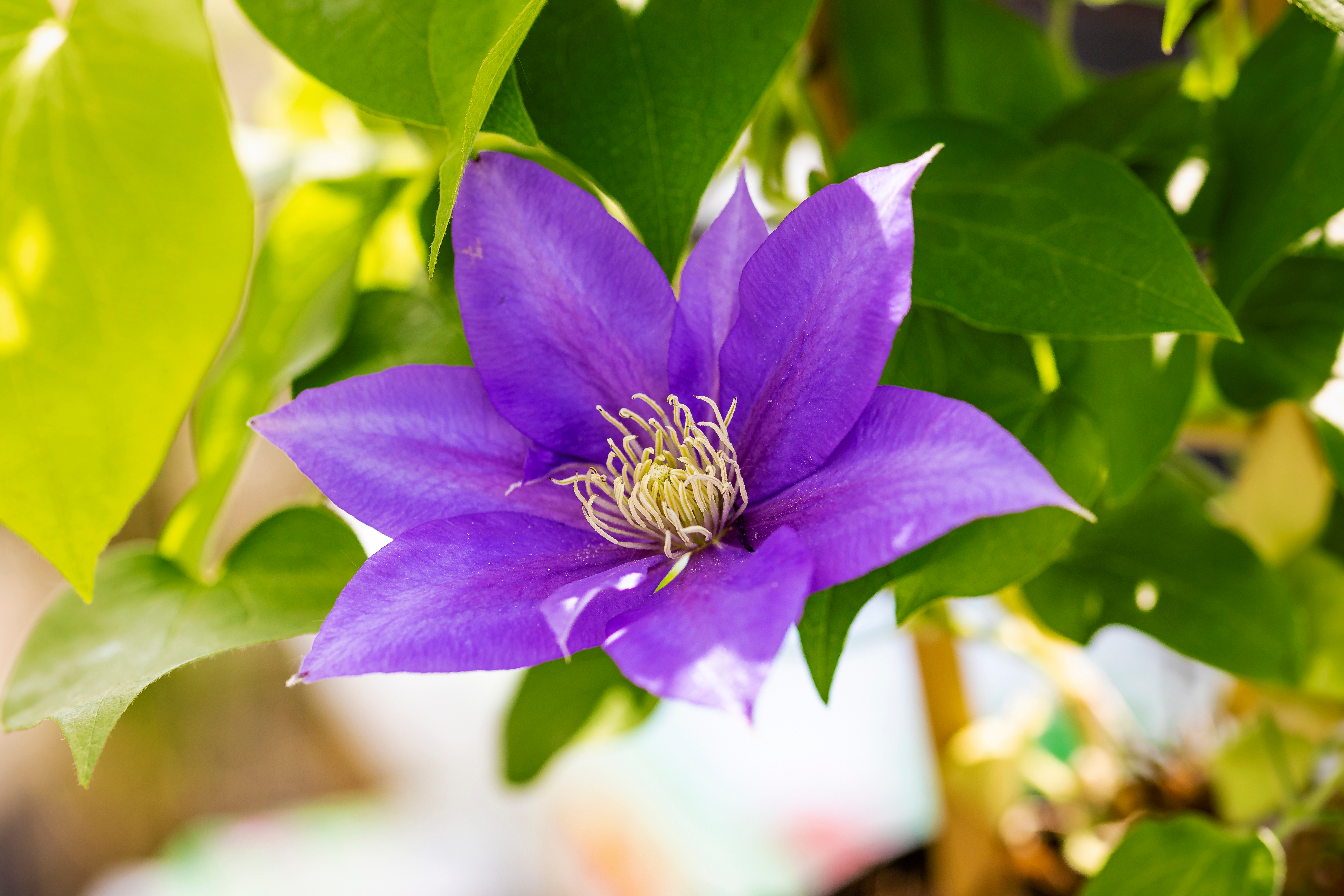
Olympia Clematis
Starting at $63
30% Off
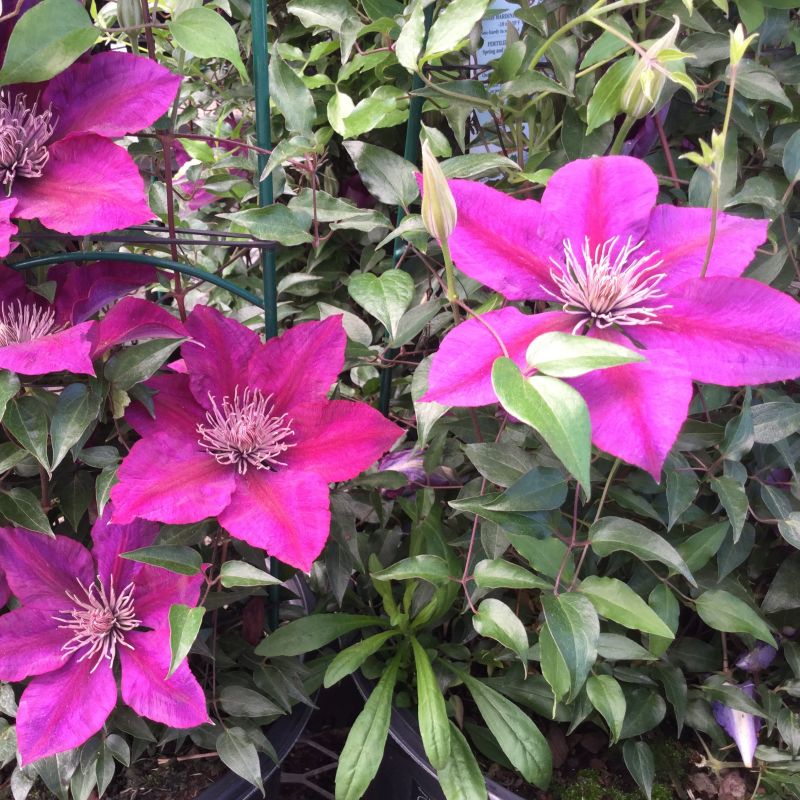
Picardy Clematis
Starting at $51
30% Off
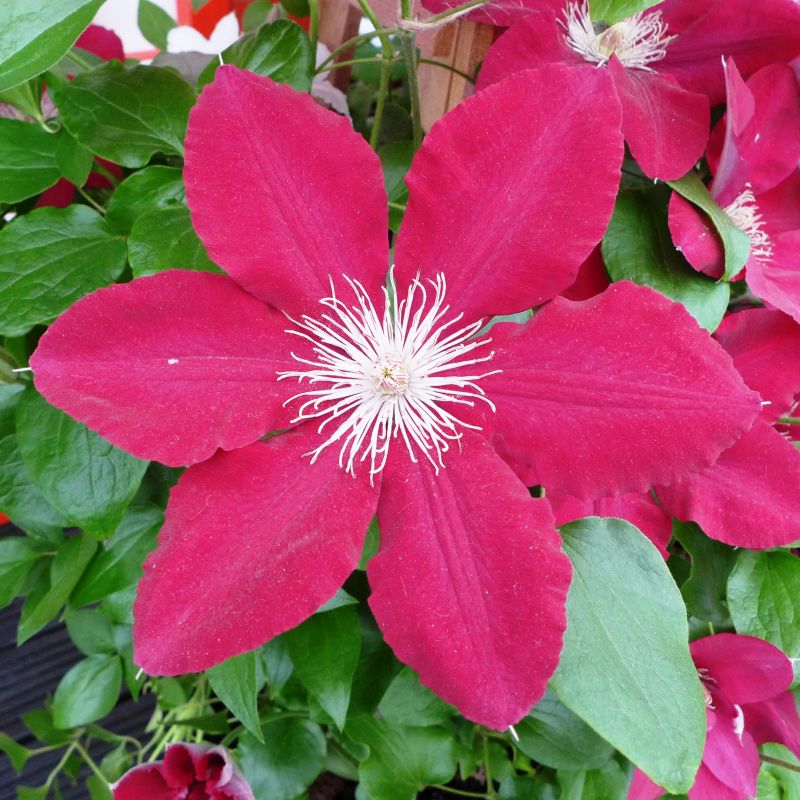
Rebecca Clematis
Starting at $63
30% Off
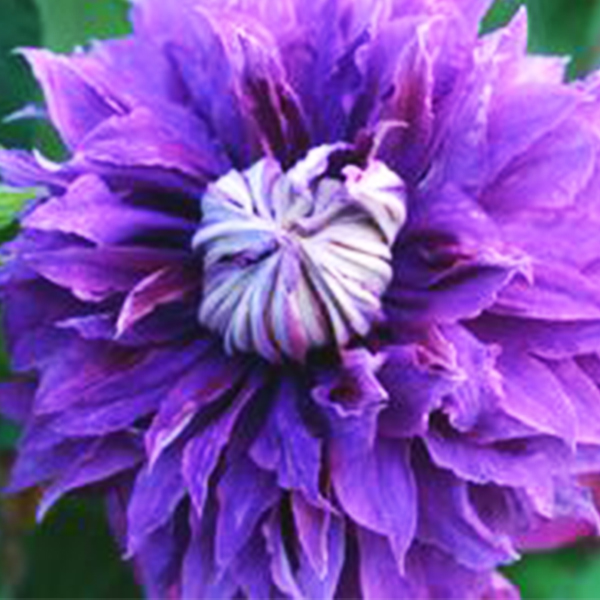
Regal Diamantina Clematis
Starting at $63
30% Off
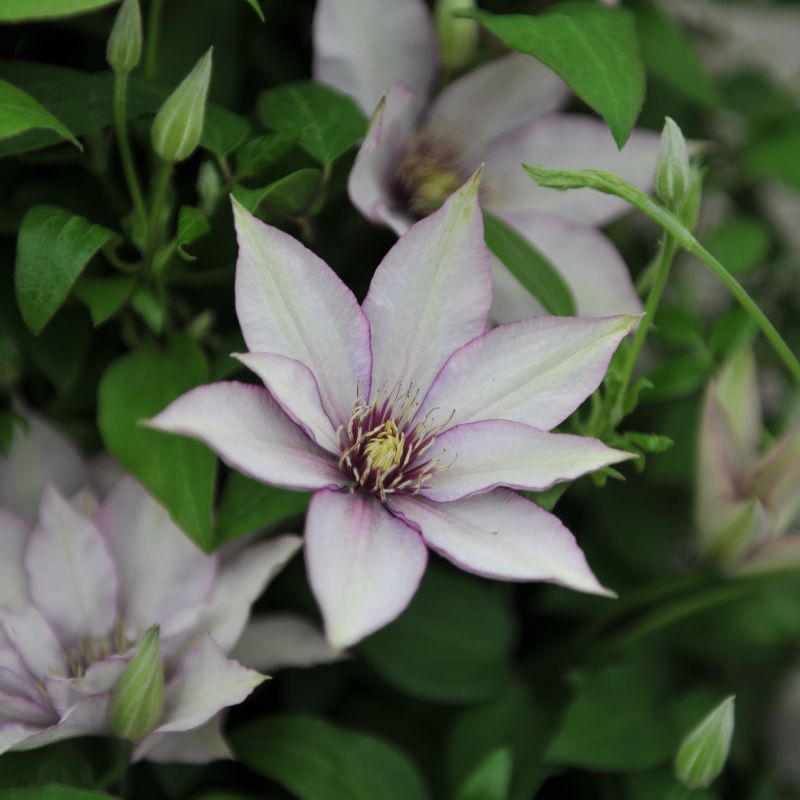
Samaritan Jo Clematis
Starting at $63
30% Off
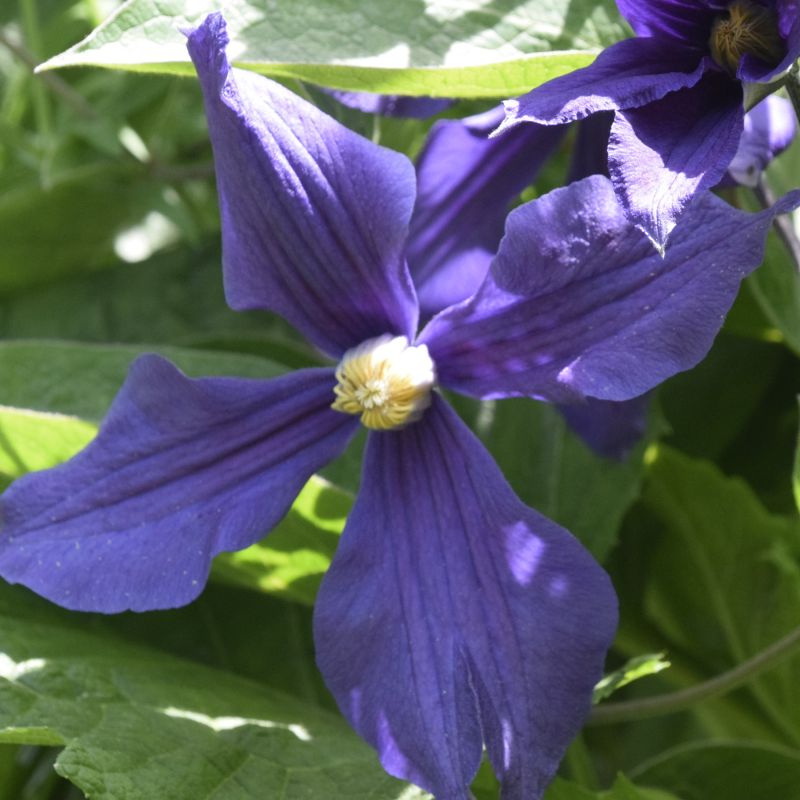
Stand by Me Clematis
Starting at $63
30% Off

Stand by Me Lavender Clematis
Starting at $63
30% Off
Clematis - The Beautiful Flowering Vines
Clematis is a genus of beautiful flowering vines and shrubs belonging to the Ranunculaceae family. These climbing plants are native to various regions around the world and are highly valued for their stunning and abundant blooms. Clematis vines are known for their versatility and can be trained to grow on trellises, fences, walls, or even allowed to ramble through trees and shrubs. They come in a wide array of flower colors, including shades of white, pink, red, purple, blue, and bicolors, depending on the species and cultivar.
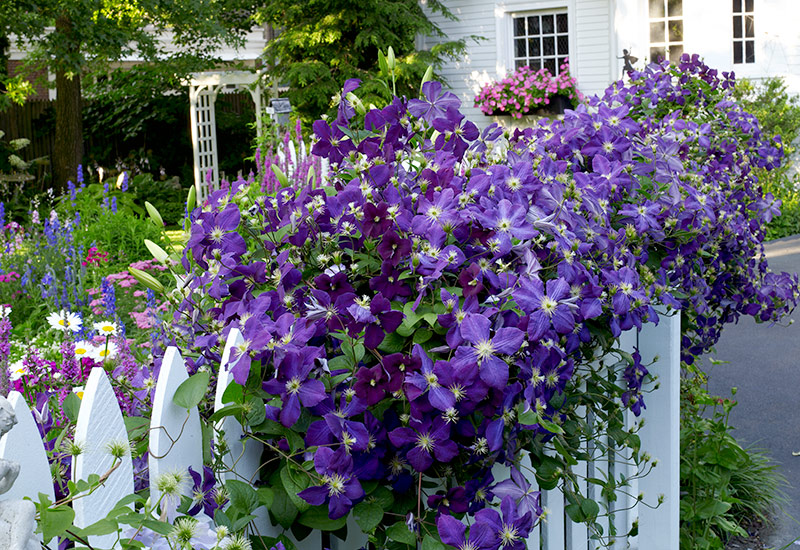
Common Types: Clematis species and cultivars are vast, with over 300 known varieties. Some popular ones include:
- Clematis montana: A vigorous and fast-growing species with masses of small, fragrant flowers, often seen in early spring.
- Clematis x jackmanii: A classic hybrid with deep purple flowers, known for its long blooming period.
- Clematis armandii: An evergreen species with large, scented white flowers, often blooming in late winter or early spring.
- Clematis viticella: A group of varieties with smaller flowers, but they bloom profusely and come in various colors.
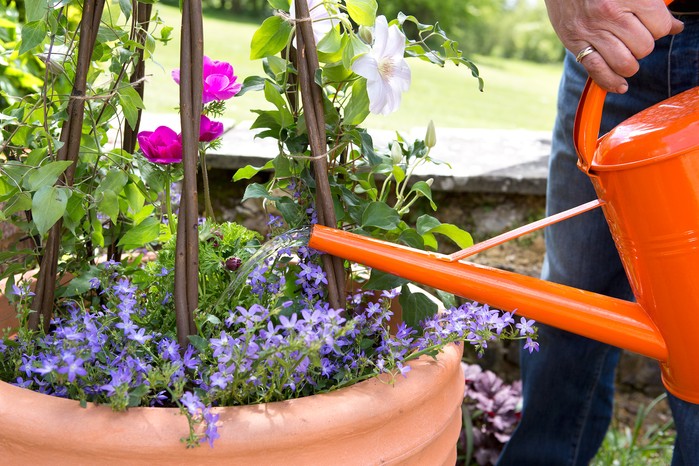
Care Tips:
- Sunlight: Clematis prefer full sun to part shade. They generally need at least 6 hours of sunlight per day for optimal flowering.
- Soil: Well-draining, fertile soil is crucial for clematis. They like slightly alkaline to neutral soil pH.
- Watering: Clematis prefer consistently moist soil, especially during the growing season. Avoid waterlogged conditions.
- Support: As climbing plants, clematis need support to grow and twine. Provide trellises or other structures for them to climb on.
- Pruning: Prune clematis according to their blooming habit (Group 1, 2, or 3) to maintain healthy growth and promote abundant blooms.
- Fertilization: A light application of balanced fertilizer in the spring can support healthy growth and flowering.
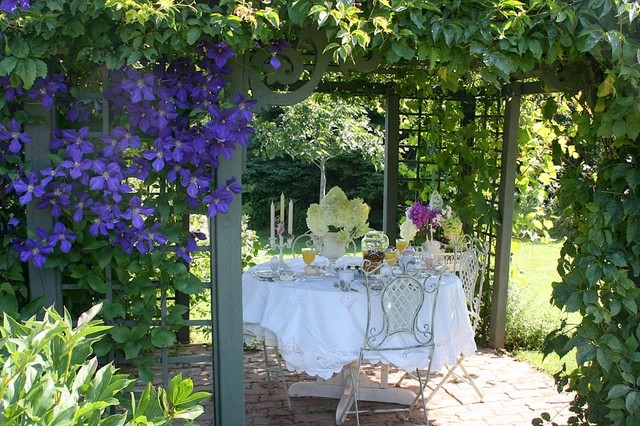
Uses:
- Vertical Gardening: Clematis is widely used for vertical gardening, covering trellises, fences, walls, and pergolas with their beautiful blooms.
- Container Gardening: Some compact clematis varieties are suitable for growing in containers on patios and balconies.
- Mixed Borders: Clematis can be integrated into mixed borders, combining their climbing beauty with other plants' complementary features.
- Cut Flowers: Some clematis varieties make excellent cut flowers for floral arrangements.
Clematis is adored for its enchanting climbing nature, captivating flowers, and ability to transform landscapes and structures into vibrant and colorful displays. Whether used as a focal point in the garden or to add vertical interest to outdoor spaces, clematis remains a favorite choice among gardeners and flower enthusiasts who appreciate its elegance and beauty.
Item has been added to your cart.

